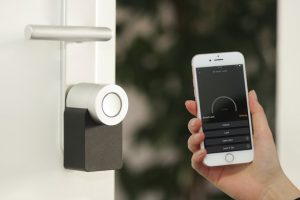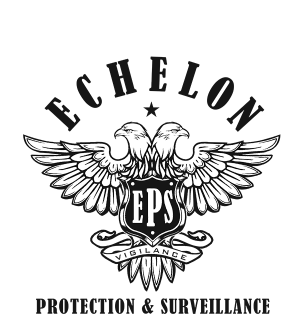 Child residential facilities have always been entrusted with not only the care and education of children but also their safety and security. As times have changed, so too have the complexities and strategies surrounding their security systems. Let’s delve into the evolutionary journey of these systems, highlighting the blend of modern technology and the timeless vigilance of security guards.
Child residential facilities have always been entrusted with not only the care and education of children but also their safety and security. As times have changed, so too have the complexities and strategies surrounding their security systems. Let’s delve into the evolutionary journey of these systems, highlighting the blend of modern technology and the timeless vigilance of security guards.
The Past: Basic Measures
In bygone days, security in child residential facilities was rudimentary, often consisting of basic locks and perhaps a night watchman. Security was more about keeping the children in rather than ensuring unauthorized individuals stayed out. However, with changing times and emerging threats, there has been a paradigm shift, integrating advanced technologies and professional security personnel.
Technology’s Leap
Today, technology has become a cornerstone in the security of child residential facilities. Surveillance cameras, access control systems, and alarm systems are now standard, providing real-time monitoring and rapid response capabilities. Biometric systems and RFID tags ensure that only authorized individuals gain access to sensitive areas, safeguarding the young inhabitants from potential threats.
Security Guards: The Human Touch
In the midst of technological advancements, the role of security guards remains quintessential. They bring the human judgement and adaptability that technology sometimes lacks. Security guards are trained to handle a variety of scenarios, from managing visitors to responding to emergency situations.
They conduct regular patrols, their trained eyes spotting anomalies that cameras might miss. Their presence offers reassurance to children, staff, and parents alike, embodying the vigilance that silently yet effectively watches over the facility.
Training and Awareness
Security guards are also instrumental in training staff and children on security protocols. Their expertise ensures that every individual within the facility is an active participant in maintaining security. The guards educate them on recognizing potential threats, emergency evacuation procedures, and the importance of adhering to security protocols.
Customized Security Protocols
Every child residential facility is unique, requiring customized security solutions. Security guards, with their on-ground experience, provide insights that help in tailoring security systems to fit the specific needs and challenges of each facility. They ensure that security is not a generic overlay but an integral, fitting aspect of the environment.
Future Trends
As we look to the future, the integration of artificial intelligence and machine learning in security systems is promising. These technologies, combined with the irreplaceable role of security guards, will herald an era where security is not just responsive but predictive, pre-empting threats before they manifest.
In conclusion, the evolution of security systems in child residential facilities is a tale of harmonizing technology with the human touch. Security guards stand at the forefront of this integration, their roles adapting and expanding to incorporate new technologies while maintaining the human vigilance and adaptability that machines cannot replicate.
In their watchful gaze, children, staff, and parents find the assurance of safety, a sanctuary where learning and growth occur, unhindered and unfettered by security concerns. Every technological advancement, every patrol, and every trained gaze is a testament to an unwavering commitment to safeguarding our most precious assets – the children.


